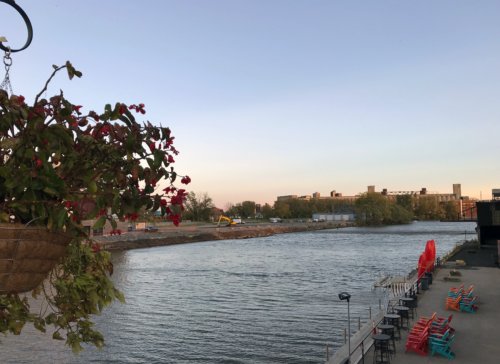A Trip to The Queen City
Brianne Walsh ·In October, I attended the 13th Annual Great Lakes Restoration Conference. This conference was hosted by the Healing Our Waters (HOW) Great Lakes Coalition. The coalition consists of over 150 environmental, conservation, and outdoor recreation organizations all with one common goal: restoring and protecting North America’s greatest freshwater resources, the Great Lakes.
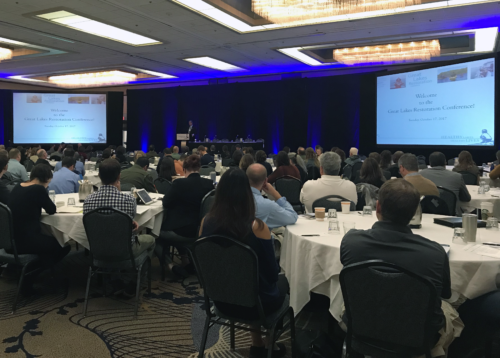
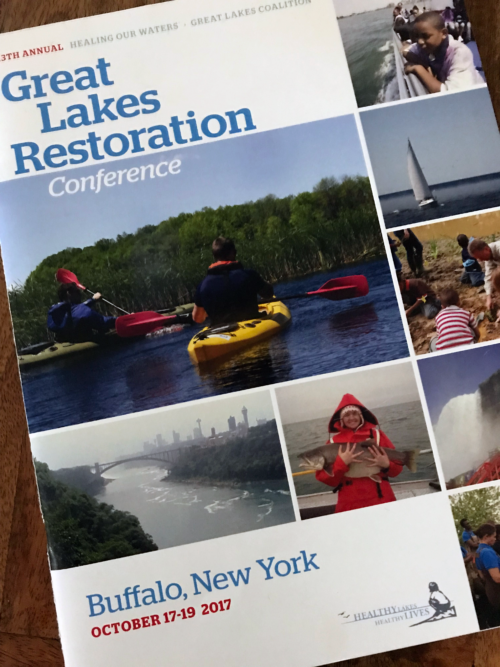
The Great Lakes include Lakes Superior, Huron, Michigan, Erie, and Ontario. It is the largest surface freshwater system in the world. Over 30 million people live within the Great Lakes basin, and the lakes are a source of drinking water for more than 48 million people in the U.S. and Canada. The lakes generate more than 1.5 million jobs and $60 billion in wages annually. They are also home to more than 3500 plan and animal species, some of which are found nowhere else on earth (Source).
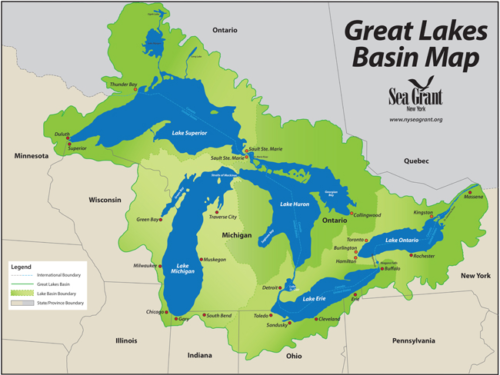
Each year the HOW coalition brings together stakeholders from throughout the Great Lakes region to discuss Great Lakes restoration issues and advancing their goals at local, regional, and federal levels. This year the conference was held in Buffalo, New York. As a native Western New Yorker, I was excited to spend a few days in downtown Buffalo and learn about the restoration work being done in the area and throughout the Great Lakes region.
Conference session topics ranged from citizen science, urban water issues, restoration success stories, and working to protect the many economic and human needs of the lakes. Several themes emerged in each of the presentations I attended and throughout the course of the conference, such as the importance of diverse engagement throughout the Great Lakes community, success stories of Great Lakes restoration projects, and the future and of the Great Lakes Restoration Initiative and how to ensure the continued success of restoration work throughout the basin.
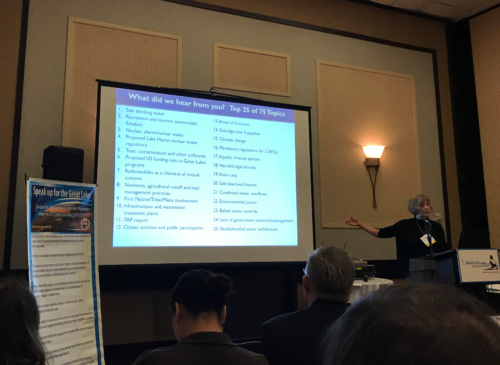
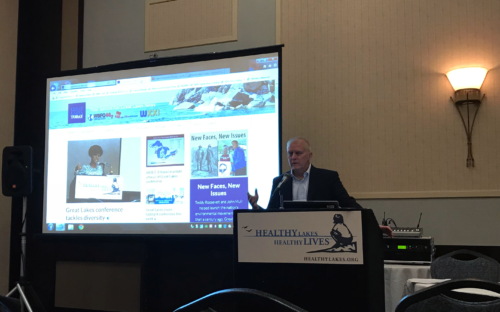
The conference opening reception was held at Buffalo RiverWorks, a new mixed-use facility on the banks of the Buffalo River. This is just a small piece of the newly developed Buffalo waterfront, as the City and partners work to convert once highly industrialized areas back into green space and mixed-use properties. In her opening plenary, Jill Jedlicka, Executive Director of Buffalo Niagara Waterkeeper, discussed the ongoing restoration efforts throughout the Buffalo-Niagara region. Jill highlighted the efforts of the Buffalo River Restoration Plan, showing before and after photos of areas along the river. The once heavily industrialized shorelines have been restored to natural habitat, and highly contaminated sediments have been removed through extensive dredging. Upstream, waterfront development is encouraging recreation along the river. Public access is improving.

Riverworks was an example of a newly developed destination along the river. The huge waterfront complex houses a restaurant, event space, two outdoor ice rinks, and the first ever fully functioning brewery to be retrofit into an existing grain silo. Grain elevators are an important part of Buffalo’s port history—standing at the intersection of several important water routes—the Great Lakes and the Erie Canal—grain could be shipped throughout the United States. It was really interesting to learn the unique history of the river, and to see, in person, the efforts to restore the system while also connecting people back to the water.
